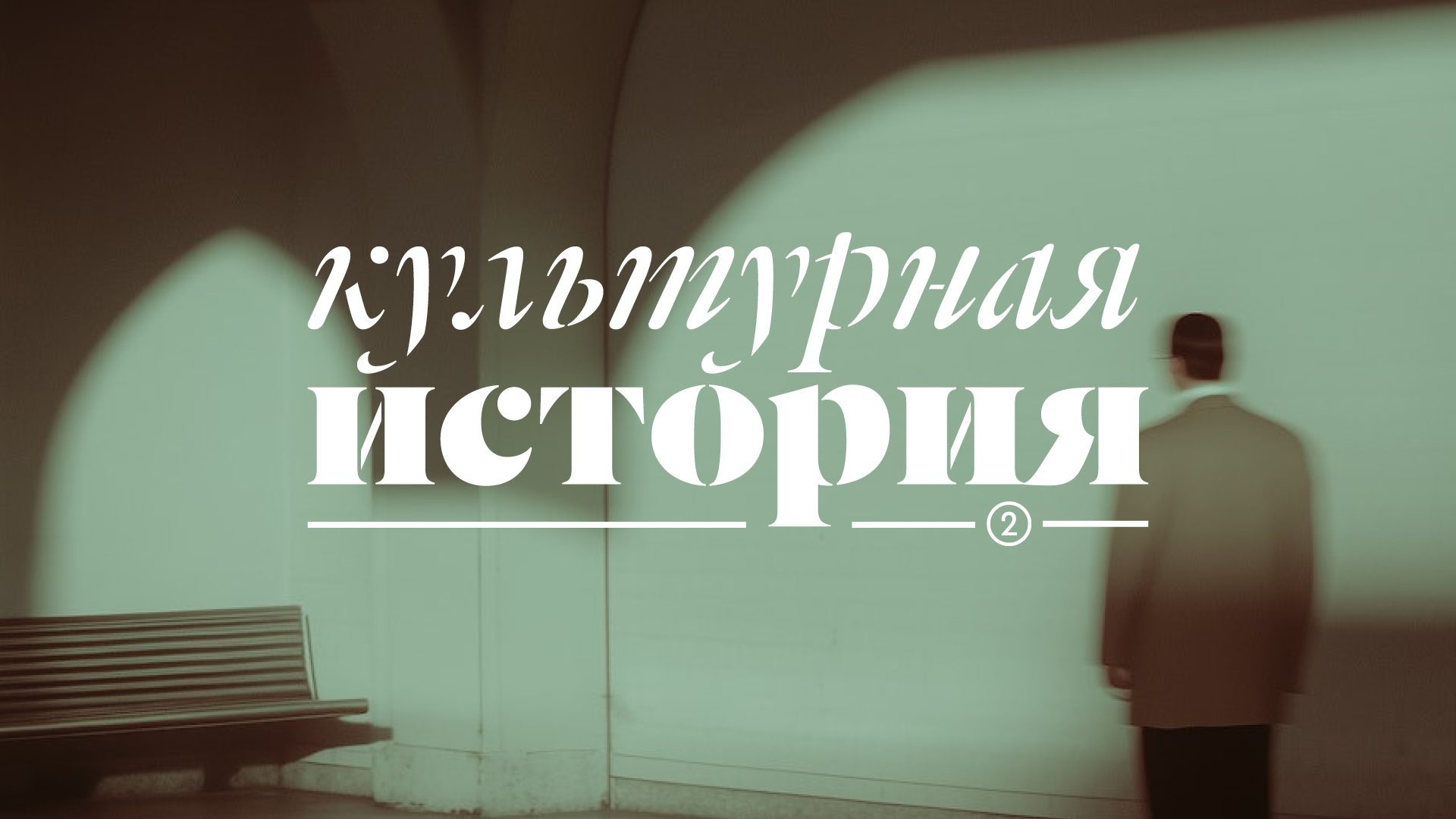Abstract
This article examines the concept of «human-centered local history» («gumanitarnoe kraevedenie»), which formed the basis for the St. Petersburg school of that name from 1900 to the 1930s; the article also includes Grevs's manuscript for a walking tour of Vasily's Island that illustrates the main points in his methodology for studying specific sites within an urban population. Grevs developed the basic principles of «educational tours» («nauchnye progulki») («monument tours», «general education trips», «ideological trips») as a mandatory part of instruction for medievalists in the early twentieth century while they studied the great commune movement of the Middle Ages. When forced to leave the university in the 1920s, Grevs used his tour practices as the basis for creating a school of methodology for exploring a city through excursions. The local history movement reached its peaked in the 1920s. At the Petrograd Excursion Institute, the Old Leningrad — New Petersburg society, and the Central Bureau of Local History, Grevs and his protégés from the university, Nikolay Antsiferov above all, developed a methodology for the comprehensive («holistic») study of an urban population for teachers and local historians engaged in exploring their native land. Grevs called his school «human-centered local history». This article discusses the presumed sources of Grevs's methodology and the terms he used to construct it (the concept of the city according to Numa Denis Fustel de Coulanges, Max Weber, and Oswald Spengler; the school of human geography; sociological research from Herbert Spencer to Pitirim Sorokin; «the genetic method»; «history from a global perspective»; «the social organism»; «the soul of the city», etc.). Grevs's manuscript is accompanied by commentary and a preamble in which the text is compared with a version that appeared in print in 1931 as part of an unsigned collective work and that contained significant misrepresentations.
